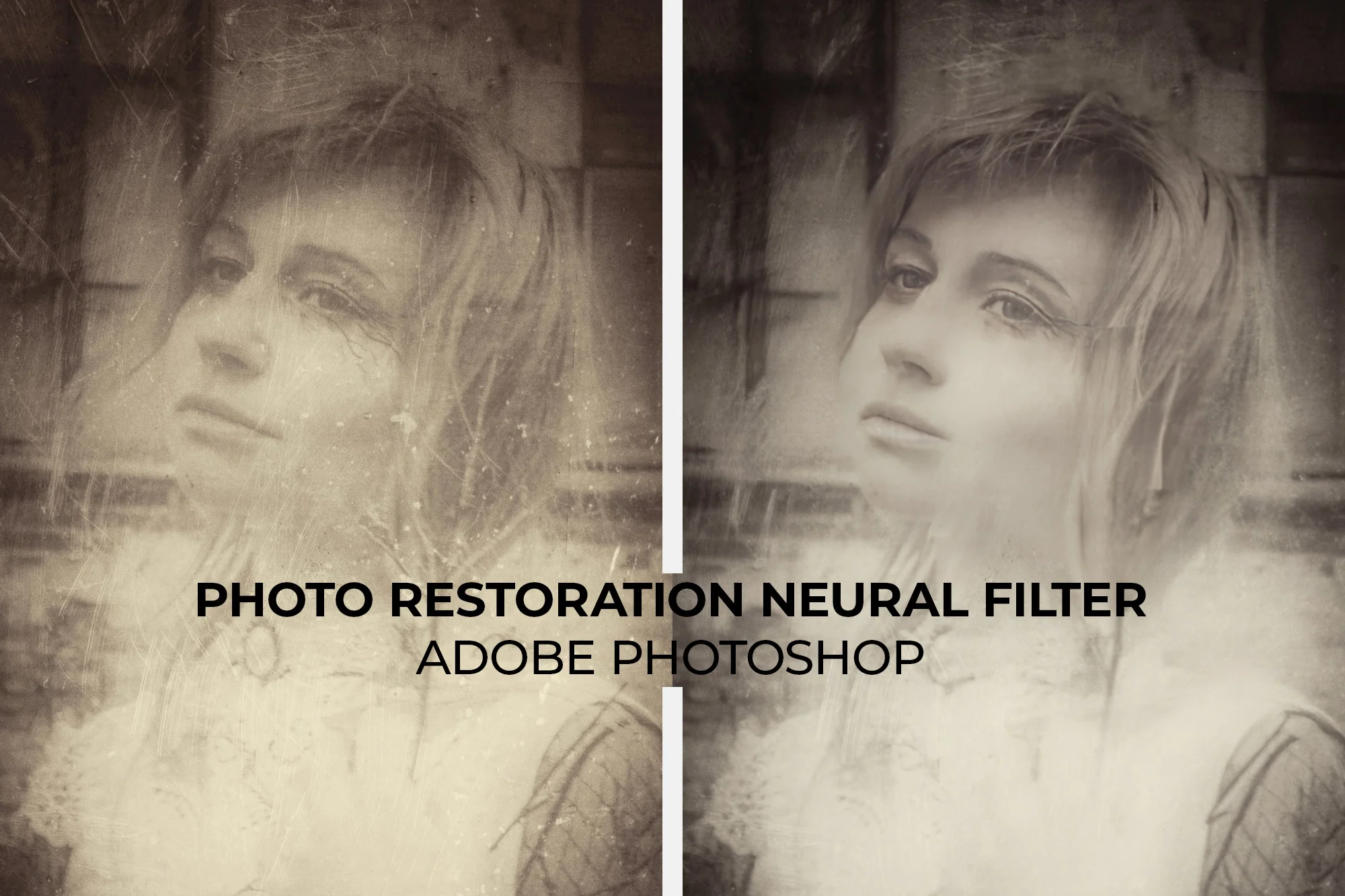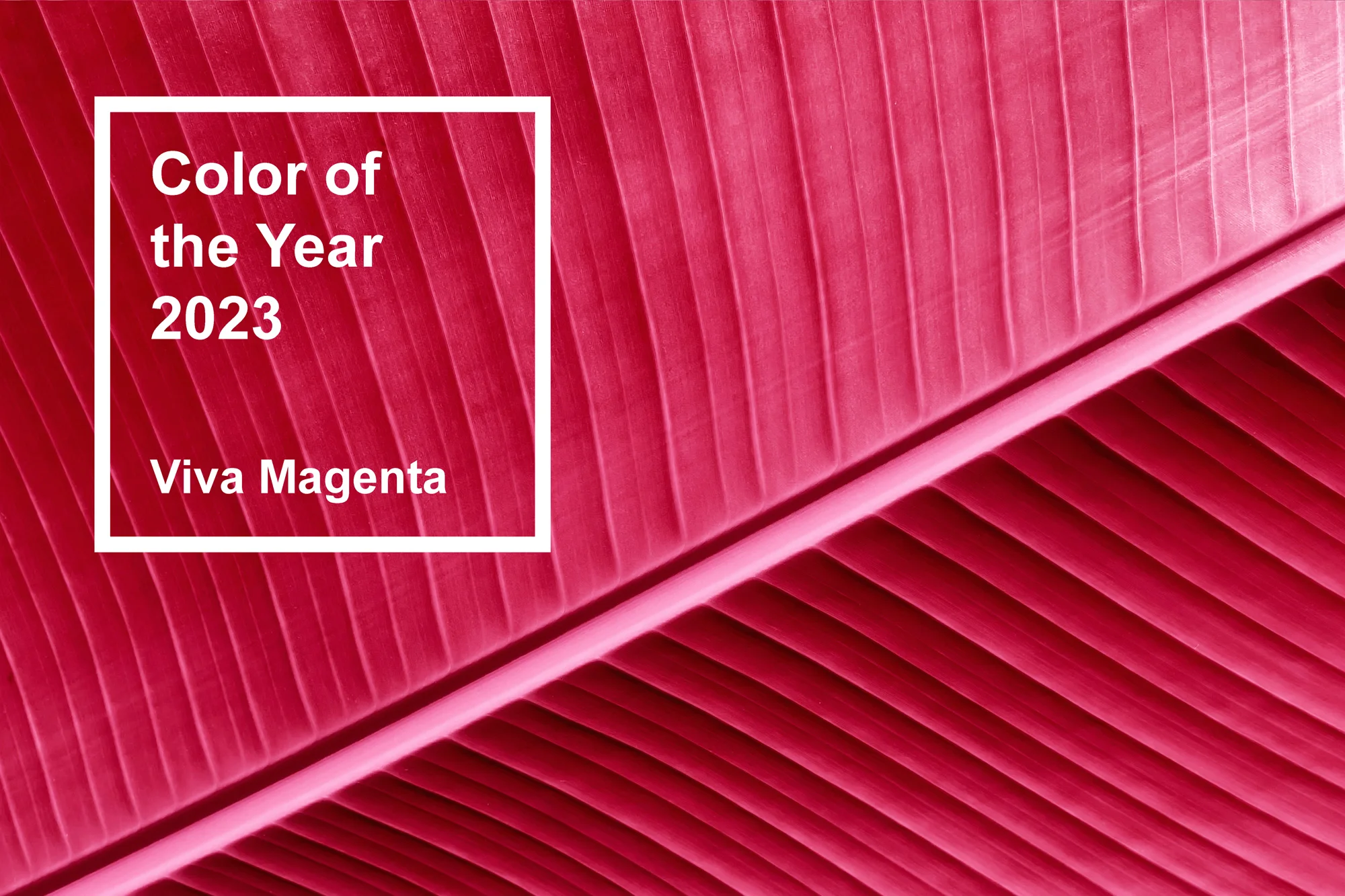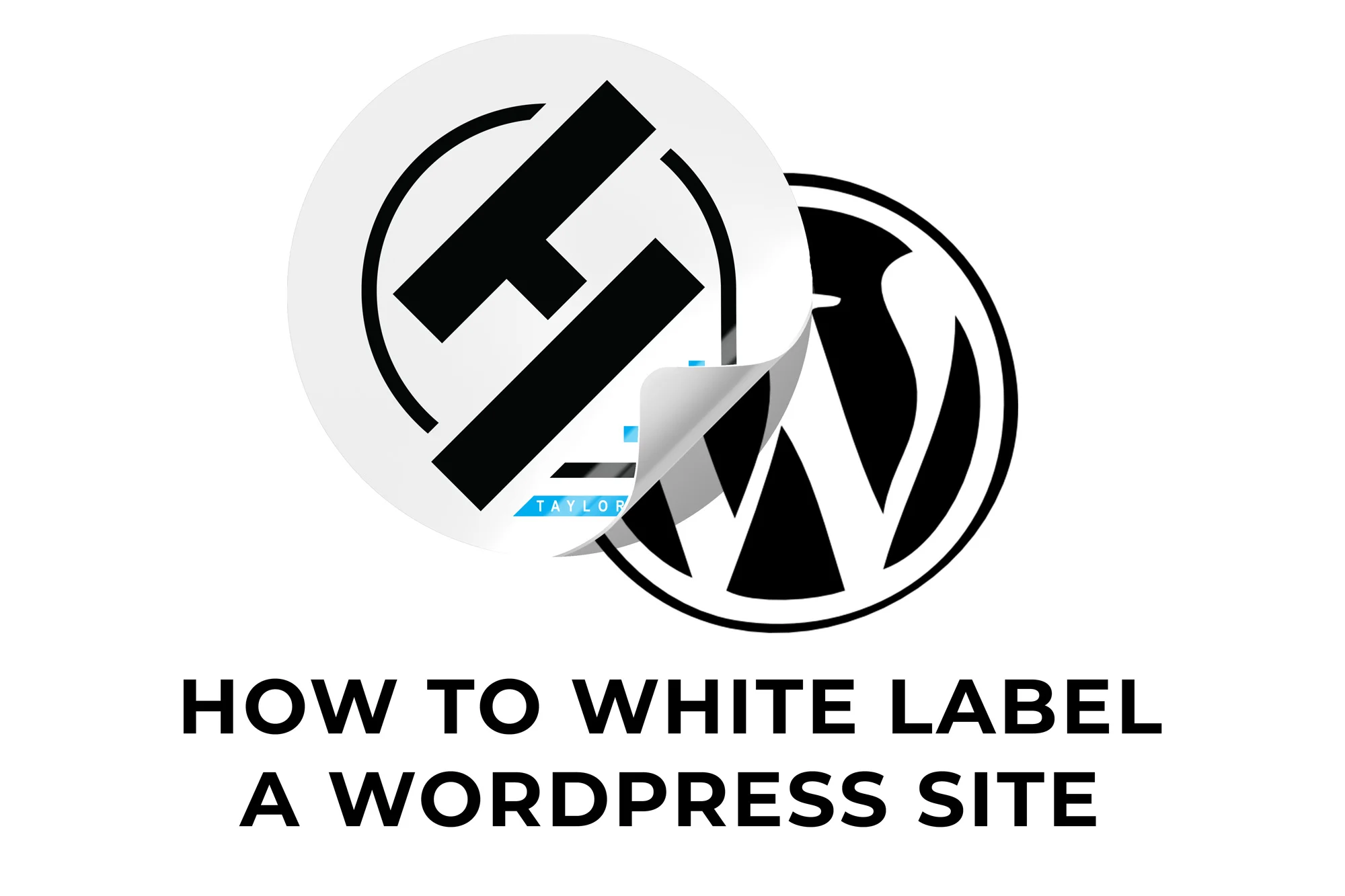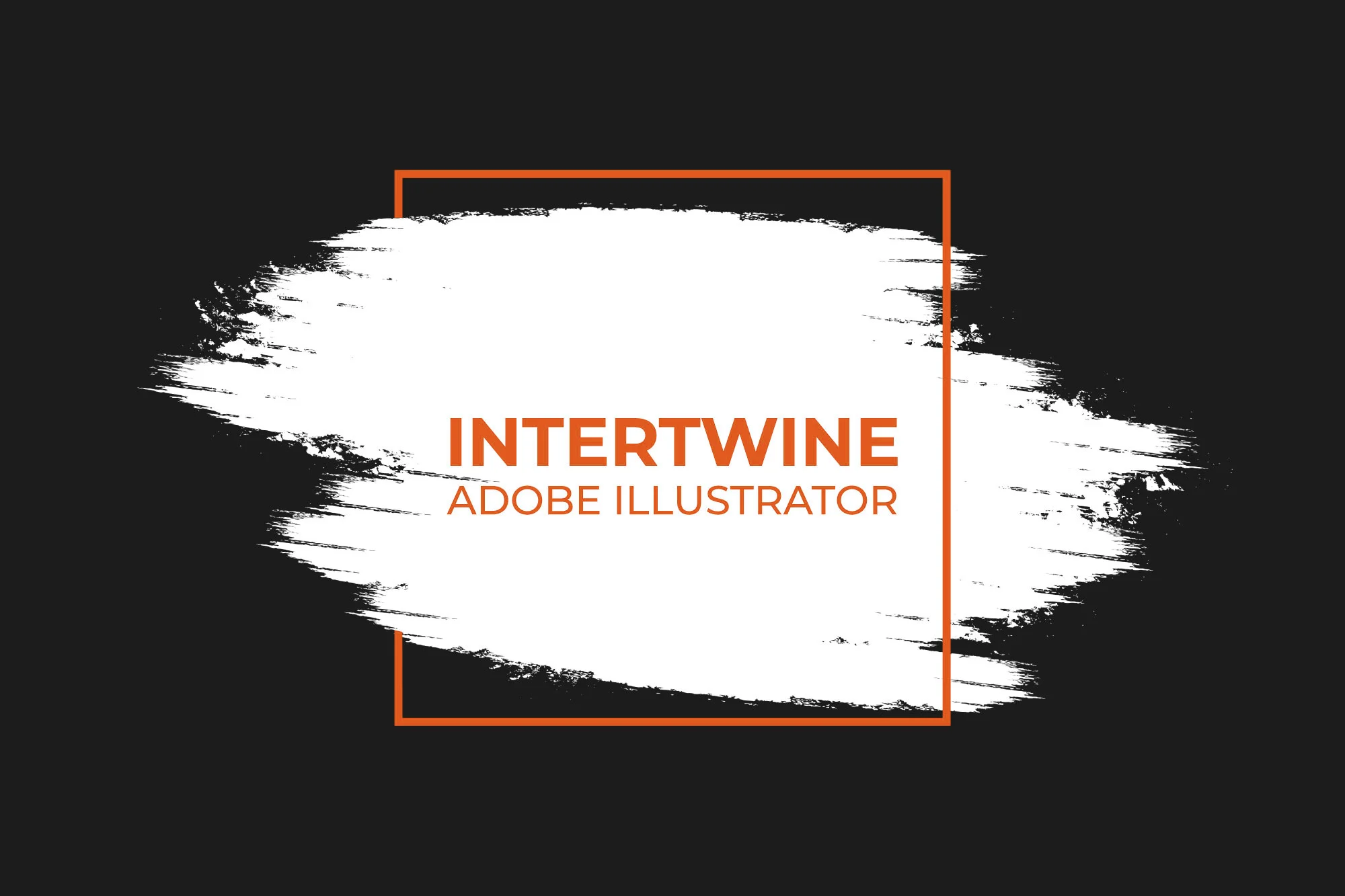What is Information Design and How to be an Information Architect | Fundamentals of Design
Information design is the practice of condensing information into easily digestible forms for the targeted demographic. Think of all the charts that are encountered on a day to day basis, now imagine them without a key or titles. Consider all the various instruction booklets and frustrations associated with poor direction. With information design aesthetics take the backseat to understanding. Clarity of communication is the ultimate focal point.

Origins
How did this all start? William Playfair created charts regarding English trade in 1786. During the cholera outbreak in London during the 1850s Dr. John Snow created spot maps showing the source. In 1869 Charles Joseph Minard created a diagram of Napoleon’s Russian campaign of 1812. Data visualizations such as this breakdown complex facts and make them easy to interpret to the viewer.
Emerging as a field of study in the 1970s, the term has come to be known as a specific field of graphic design. Multiple publications starting in 1979 through the early 80s along with the creation of institutes and associations helped to further the field. Today information design can be seen all over, from hospitals to airports and public transportation.
Importance of Information Design
Users who can’t understand what they’re looking at do not acknowledge the message and thus will not convert. Understanding the user is key to good information design. Remember, the end result is that the user understands the message however users come in all shapes and sizes. With the explosion of the internet and smartphones information can become overwhelming. Navigating the complexities and creating filtered content requires a variety of skill sets to be successful.
Elements of Information Design
Information Design has a number of goals primarily focused around the end user’s understanding. This can be extremely challenging due to the fact that different cultures and backgrounds can lead to different interpretations of information.
Navigate the Complexity
The world is getting increasingly complex with facts and statistics being thrown left, right, and center. Directions are complicated, as I’m sure many of you have encountered with assembly manuals and owners manuals, and straight forward information design is a necessity.
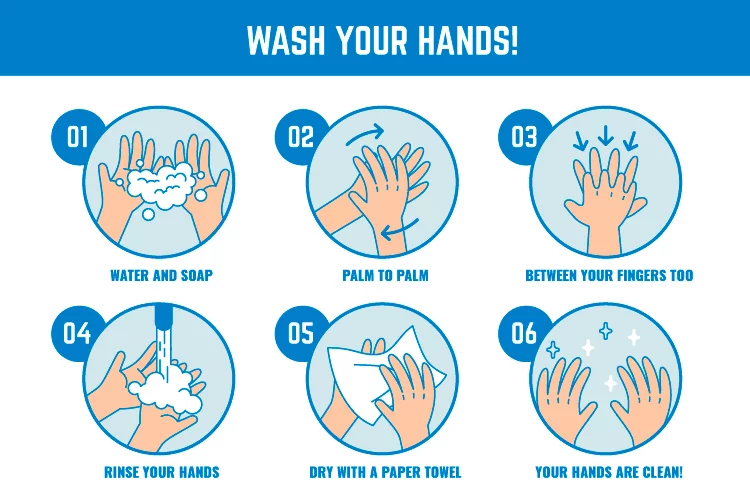
Minimize or Eliminate Frustrations
Frustrations are a part of everyday life so don’t pile on. Consider all the pain points an end user/viewer will face when utilizing the design. Plenty of testing and consideration creates a positive user experience.
Solve the Problem
People inherently have problems and information design looks to provide the solution. If the assembly process is not intuitive, include clear and straightforward instructions. If the layout of a building is complex, clean signage and map layouts placed sporadically in the path of visitors will help drastically. Most problems can be solved through simple instruction.
Serve the People
Understand the people and what they will do and need. This is the key component to information design. Sometimes design aesthetics need to be sacrificed for the sake of the end user.

Where to Start
Information design is simple to discuss but complicated to execute. Here is a cyclical process on how to achieve exceptional information design.
Plan the Information
Knowing what you need is a crucial component to this type of design. Plan out what information needs to be displayed and what the overall message and conversion is. What do you want to achieve? Who will use this content? How will they use the content? Where will they use the information? What information do they need?
Plan the Project
The next section of information design is to plan out the actual project itself. What are the mediums and methods? Scheduling also must be agreed on along with staffing, budget, and style standards. Usability activities are another set of factors to consider amongst other issues.

Select Content
Now that the project and information are planned, one can start selecting what content to feature. Gather all the information collectively and organize the material accordingly. Select what content is absolutely necessary and then move forward.

Drafting and Designing
Plan the layout of everything. Start with a first draft and begin to select/create the artwork. Make sure both the imagery and content work together.

Testing and Revising
Test the various drafts and designs with users. Take feedback from the usability testing on anything from layout to accuracy. After the testing, copyedit and proofread along with revise the content before testing with users again. Continue to do this step until work is finished and is getting the desired result from users.

Producing the Final Copy
Before releasing the design it is advised that a final copy edit and proofread happens. Also, check to make sure all the necessary components are in place. Once that is confirmed it is time to release the design, the work is never done.

Continuing the Process
Just because the design is finished doesn’t mean the work is completed. Gather feedback now that the content is in the wild. Use this feedback to continue to optimize. Keep the content up to date and make sure that the message stays consistent.
Conclusion
Information design is a complex web of intricate ideas working in tandem with one another. Converting the viewer in an era of unprecedented distractions and information overload is a key to success. Simplicity is at the forefront of this type of design, highlighting what’s important and getting straight to the point. Through knowledge and understanding we can reach a better tomorrow.

